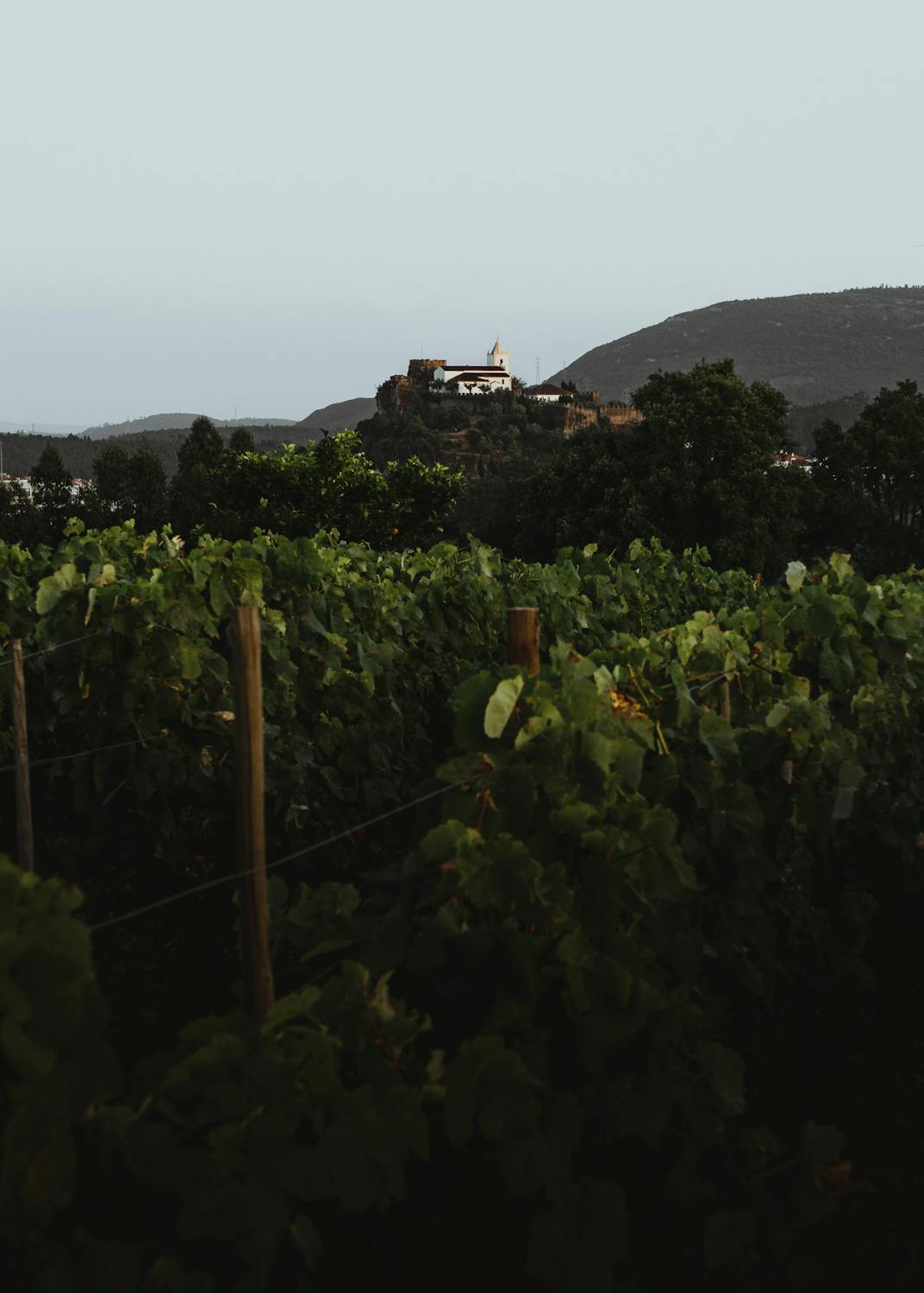Discovering Portugals Hidden Wine Regions

Portugal is renowned for its rich cultural heritage, stunning landscapes, and delicious cuisine. Yet, many people overlook one of its most remarkable offerings: its hidden wine regions. While the Douro Valley and Alentejo are well-known, several lesser-known regions produce exceptional wines that deserve attention. These areas combine traditional methods with innovative techniques to create unique flavors that are gaining recognition globally.
Vinho Verde: A Refreshing Experience
Vinho Verde, located in the northwest of Portugal, is famous for its young and vibrant wines. The region's name translates to "Green Wine," reflecting the lush landscape and the youthful character of its wines. Vinho Verde wines are typically light, slightly effervescent, and have a lower alcohol content compared to other Portuguese wines.
The region primarily produces white wines made from indigenous grape varieties like Alvarinho, Loureiro, and Arinto. These wines are known for their crisp acidity and fresh citrus flavors, making them perfect for warm weather and seafood dishes.
Vinho Verde's winemakers often utilize traditional methods combined with modern technology to enhance the quality of their products. For example, some producers employ minimal intervention techniques to preserve the natural characteristics of the grapes.
One must-visit spot in Vinho Verde is the town of Monção, where you can tour vineyards and sample some of the best Alvarinho wines. The region's wineries often offer guided tours that provide insights into the winemaking process and the history of Vinho Verde.
Bairrada: Home of Sparkling Wines
Bairrada is situated in central Portugal and is best known for its sparkling wines. The region has a long history of producing high-quality sparkling wines using the traditional method, similar to Champagne. Bairrada's climate and soil conditions are ideal for growing grape varieties like Baga, Maria Gomes, and Arinto.
The Baga grape is particularly noteworthy as it produces robust red wines with high tannin levels and excellent aging potential. However, it also plays a crucial role in Bairrada's sparkling wine production.
Visitors to Bairrada should explore the wine cellars in the town of Anadia. These cellars often host tastings where you can try various styles of sparkling wine, from brut to rosé.
Additionally, Bairrada's culinary scene complements its wine offerings perfectly. The region is famous for its roast suckling pig (leitão), which pairs exceptionally well with both red and sparkling wines.
Dão: The Burgundy of Portugal
Nestled between mountain ranges in central Portugal, the Dão region is often referred to as the "Burgundy of Portugal." This area is known for producing elegant and complex wines with excellent aging potential. The granite soils and temperate climate contribute to the distinctiveness of Dão wines.
Dão primarily focuses on red wines made from Touriga Nacional, Tinta Roriz (Tempranillo), and Alfrocheiro Preto grape varieties. These wines are characterized by their deep color, rich aromas, and balanced structure.
The region's white wines should not be overlooked either. Made from Encruzado grapes, Dão's white wines are aromatic with a good balance of acidity and body.
A visit to Dão would be incomplete without exploring its historical wineries. Many estates offer tours that include walks through ancient vineyards, visits to centuries-old cellars, and tastings of both current releases and older vintages.
Lisboa: Diversity in Every Glass
The Lisboa wine region surrounds Portugal's capital city and offers a diverse range of wine styles due to its varied microclimates and terroirs. From fresh Atlantic-influenced whites to robust reds from inland areas, Lisboa has something for every palate.
The region grows an array of grape varieties including Arinto, Fernão Pires, Castelão, and Touriga Nacional. This diversity allows winemakers to experiment with different blends and styles.
One standout sub-region within Lisboa is Colares, known for its unique sandy soils that protect against phylloxera—a vine pest that devastated many European vineyards in the 19th century. Colares wines are often made from Ramisco (red) and Malvasia (white) grape varieties, resulting in distinctive flavors not found elsewhere.
Lisboa's proximity to the coast makes it an excellent destination for wine tourism. Visitors can enjoy vineyard tours along with breathtaking coastal views. Many wineries also offer food pairings featuring local seafood specialties.
Table: Comparison of Hidden Wine Regions
| Region | Primary Grapes | Wine Style | Unique Feature |
|---|---|---|---|
| Vinho Verde | Alvarinho, Loureiro | Light & Effervescent Whites | Crisp acidity & low alcohol content |
| Bairrada | Baga, Maria Gomes | Sparkling & Robust Reds | Traditional method sparkling wines |
| Dão | Touriga Nacional, Encruzado | Elegant Reds & Aromatic Whites | Granite soils & aging potential |
| Lisboa | Arinto, Castelão | Diverse Styles (White & Red) | Sandy soils in Colares sub-region |
Portugal’s Hidden Wine Regions
Portugal’s hidden wine regions offer a treasure trove of unique flavors waiting to be discovered, from the youthful vibrancy of Vinho Verde to the elegant complexity of Dão, each region provides something special for wine enthusiasts. Bairrada’s sparkling wines add a touch of celebration while Lisboa’s diverse styles cater to varied tastes.